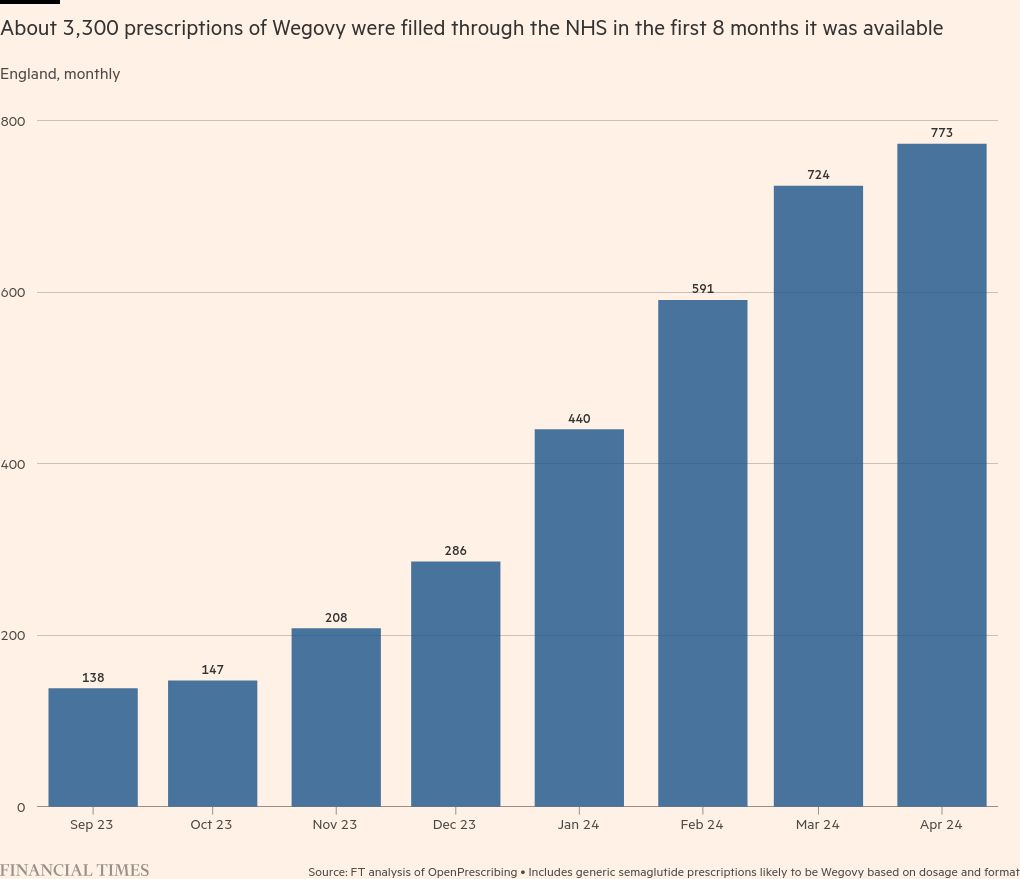When I first attempted orienteering in 2011, my two teammates and I were locked in a back-and-forth battle with another team. We are grown men, veterans of the national track team; They are 13-year-old girls.
It was a competition called Raid the Hammer, and consisted of 37 checkpoints scattered across a conservation area near Hamilton. The organizers estimate that the best route is around 25km long, but the actual distance traveled depends on how well you ride.
At each checkpoint, we met a group of 13-year-olds. Then we plunged back into the woods, confident that our high running speed would leave them in the dust—only to meet them again at the next checkpoint. We were fast, but they crushed us on the move.
That memory came to the surface while reading a recent study by researchers at McMaster University. They examined the effect of orientation on brain function and memory, comparing it to regular old exercise at the same intensity. The results, published in the journal PLoS One, add to a growing body of evidence that engaging your brain while you exercise can increase the cognitive benefits of exercise.
Exercise appears to boost brain health in a variety of ways, both immediately and long-term. For example, it triggers the production of brain-derived neurotrophic factor, or BDNF, which prompts the growth of new neurons in the hippocampus, a brain region associated with learning and memory.
That’s important because the hippocampus shrinks by about half a percent per year by age 55, and the shrinkage is associated with declines in learning, memory and spatial thinking.
The McMaster researchers were looking for more immediate effects based on emerging ideas about the role of lactate. Traditionally, lactate—or, as it was called, lactic acid—was thought of as the “poison” that burns your muscles during exercise. But scientists now believe it acts as a chemical signal and fuel for cells throughout the body, including brain cells.
“We think that’s where lactate has its brightest chance,” says McMaster graduate student Emma Waddington, who led the new study along with Jennifer Heisz, who directs the university’s NeuroFit Lab.
The lactate you produce during intense exercise fuels your brain cells and sends a signal to activate BDNF. BDNF, on the other hand, facilitates “long-term potentiation,” meaning that the connections between any neurons that happen to fire will be strengthened. This suggests that what you do with your brain during exercise is important because it is the neural pathways that are strengthened.
To test this idea, Waddington had 63 volunteers complete a 1.3-kilometer course in one of three conditions: walking, running, or running while navigating, that is, orientation. Before and after, they took blood tests to measure lactate and BDNF and administered a series of cognitive tests.
Sure enough, running produced higher levels of lactate and BDNF than walking, with or without mobility, and the volunteers with the highest lactate levels also had the highest BDNF levels. Running scored better on one memory test than walking. But only running with navigation resulted in better scores on a spatial memory test. In other words, the specific brain circuits they used got the biggest boost during the orientation exercise.
Waddington’s results fit with a growing consensus that engaging your brain, rather than going on autopilot, can provide some unique benefits. Last year, for example, a multicenter trial led by researchers at Western University found that a combination of aerobic exercise and cognitive training prevented cognitive decline more effectively than exercise alone.
As for the group of 13-year-olds who put my orienteering skills to shame in 2011, it turns out that one of them is Emma Paddington, who, in addition to being a brain science researcher, is now a regular member of Canada’s national orienteering team. . I don’t feel so bad anymore.
Alex Hutchinson is the author of Endure: Mind, Body, and the Curiously Elastic Limits of Human Performance. Follow him on the thread @sweat_science.
#benefits #engaging #brain #exercise

